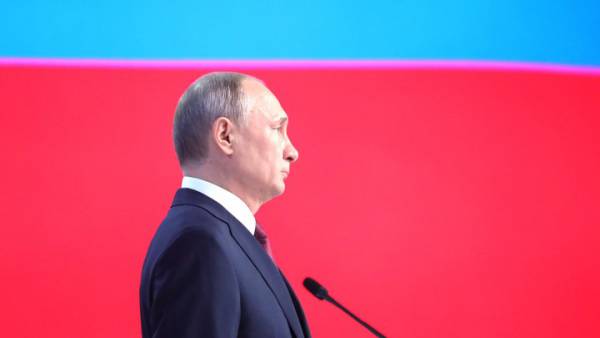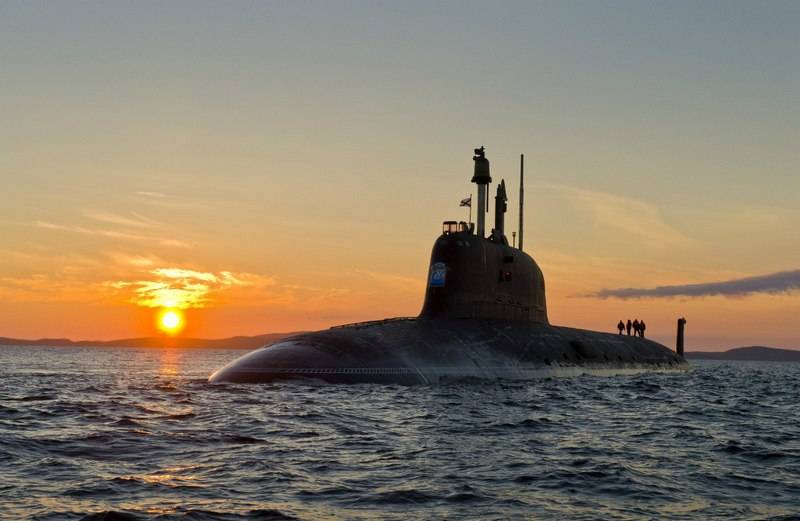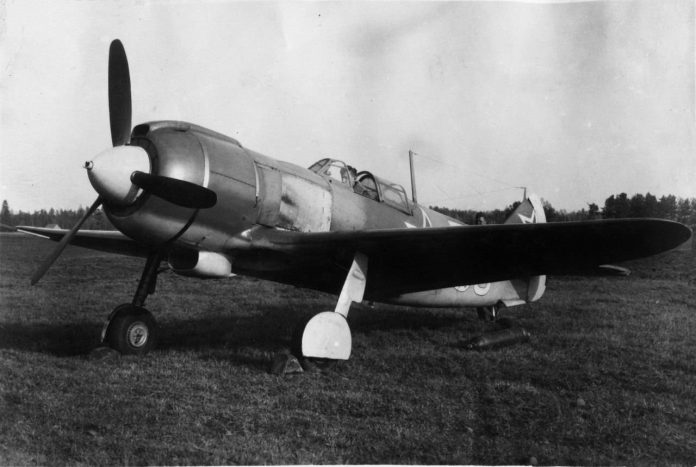
Writing in the early summer, an article about domestic piston aircraft engines («combat aircraft: an aircraft engine, its not very»), I was somewhat surprised by the reaction of readers. To my great regret, an increasing number of readers more interested in assessing not the history of aircraft engines, and "AvtoVAZ".
but the, who have not strayed from the topic and raised some very interesting questions, I dedicate the second part. On learning that it took me a long time.
so, I say at the beginning of, I'm sorry more, that most of the readers did not understand the first article send.
In, our motors basically have engines of foreign production, there is nothing wrong. This is why I gave the example of "Fiat 124" and VAZ-2101. The problem is, how to interpret.
I interpret this is just. In the country, It is not made up 1917 , the aircraft engines (several dozen licensed "Gnome-Rhone" is not in the bill perfectly), invent yourself and put on stream engine was more than problematic.
So it is absolutely nothing wrong with, that the representatives of the USSR bought all over the world, that could, no. And we bought a lot. Including me and said Hispano-Suiza 12YB, which we sold to the right to issue licenses.
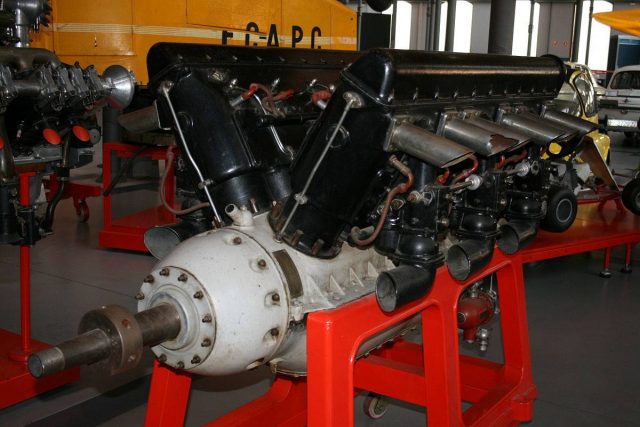
The engine was not only that in itself is not bad (otherwise "émile dewoitine" D520 would not be a competitor «Messerschmitt» Bf.109), but it has the potential and the modernization. What our designers took advantage of.
So, properly, began the evolution Klimov engines.
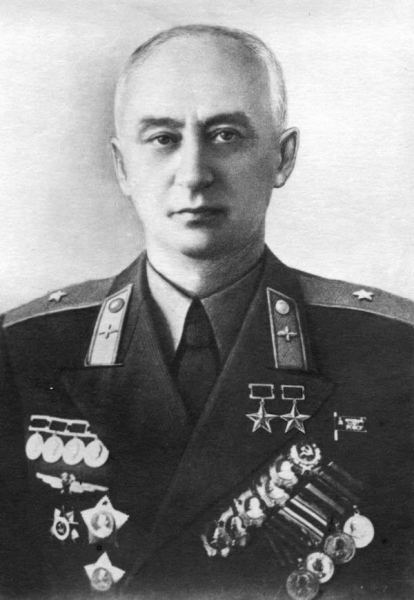 Vladimir Yakovlevich Klimov
Vladimir Yakovlevich Klimov
properly, by the turn of the 30s there was already a design school in the USSR. As can be seen? It's simple. If the school does not, then there is exclusively licensed production there without any frills. But if the designers have ...
Then the line would look like this:
- First step: licensed production and study base.
- Second phase: upgrading the base motor. In our case it is the M-100.
- The third stage: the establishment has its own engine, other than the basic model.
Generally, M-103 is.
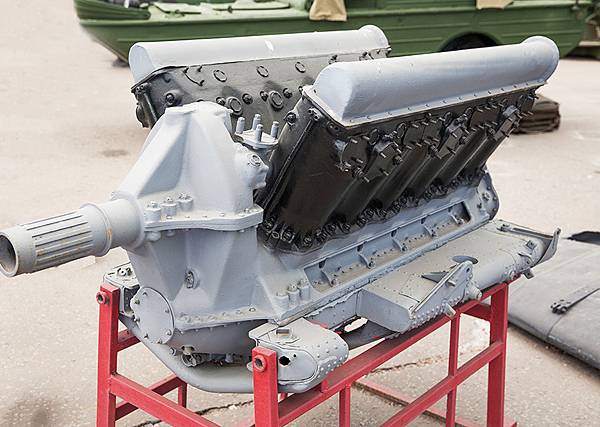
And if the M-100 is in fact "Hispano-Suiza", here's M-103 ... Another piston diameter. And, less, than the original (148 instead 150 mm), another run and the size of the valves, generally very much changed precisely timing mechanism. Under domestic gasoline, which the, as everybody knows, we had, to put it mildly, Not really.
Respectively, change speed and power. And, pretty well, For if the M-100 gave the same 860 hp, the original, the M-103 gave almost 1000 HP.
At all, if modernization, the well is very deep. Good, I do not dvigatelisty, but to think we have, So let him tell, it was really, upgrading or other engine actually.
Go ahead. Next was the M-104, which would have been better had not. So I'll get right to the M-105.
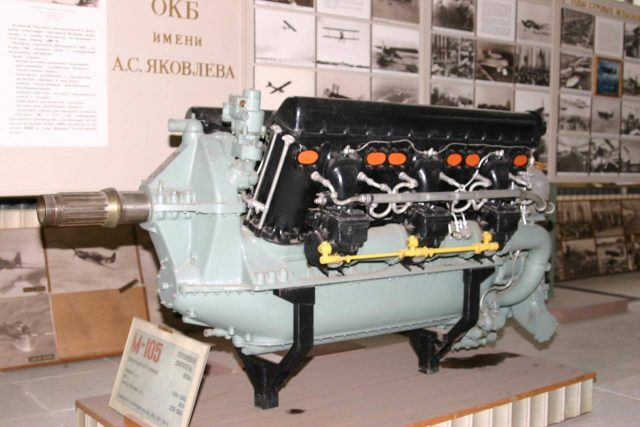
The M-105 was different from M-103?
two-speed supercharger, two exhaust valves instead of one, and moreover increased diameter at their 15%. New carburetor bespoplavkovy, which allows you to fly with negative overload and perform maneuvers upside. This M-105A.
With regards to power. M-105 to gave 1050 HP. When able to increase boost, then the M-105PF power was 1150 hp, at the next modification LP2 105 M - 1310 HP.
Next was the M-107.
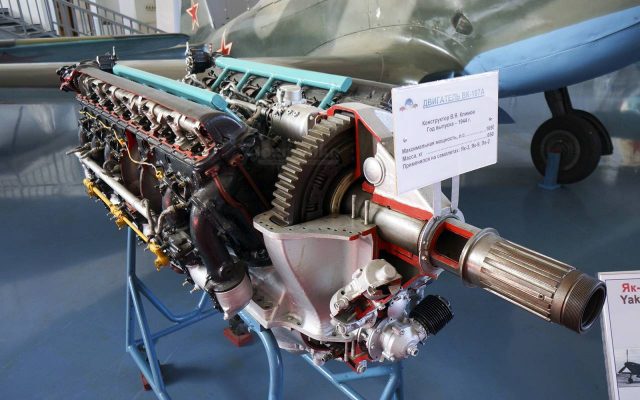
Another cylinder block. Completely different. 4 valves per cylinder, not 3 as in M-105 and 2 as the original. That is - a completely different timing system. Drill a hole under the valve just do not drill, different approach.
properly, another block spawned other crankshaft, rods, pistons. Even the principle of creating a mix was slightly different (and in my opinion perverted): air through the carburetor portion was, and the output is greatly enriched, and a portion was directly from the compressor and diluted with enriched mixture. Generally, once in two stages, and it is not clear, to be honest.
But the output has already been 1650 HP. against 860 the "Hispano-Suiza". Yes, and weight increased. original weighed 500 kg, and M-107 - 870 kg.
If you do not pay attention to the fitness convention M-107 for operation (constant superheat and service life miserable), can say, that the similarity with the original minimum.
Farther. Then we work Mikulina.
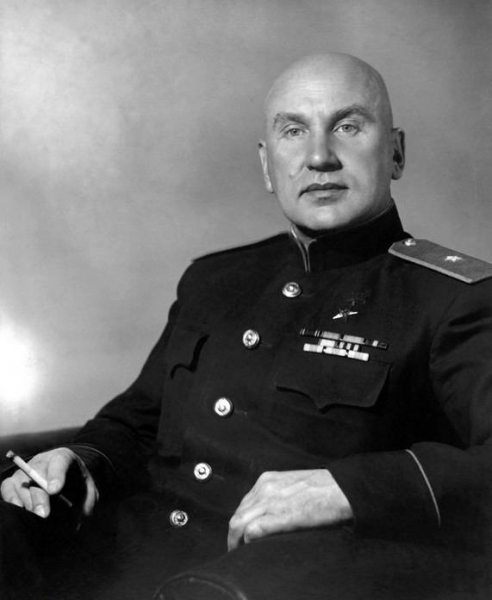 Alexander Mikulin
Alexander Mikulin
All about the same, like Klimova. First there was the matter, and business was the engine M-17, which BMW VI.
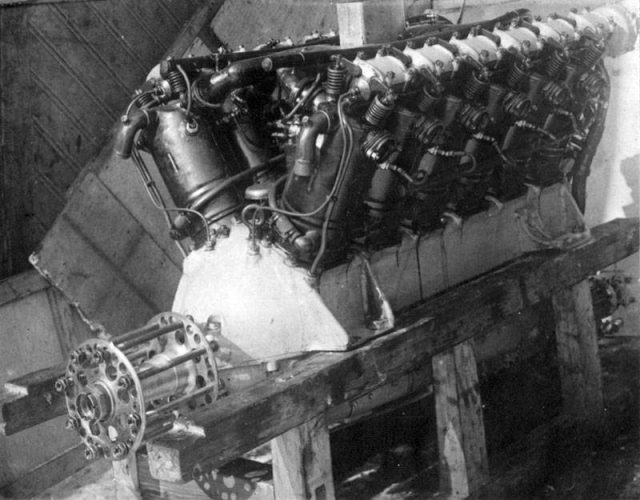
Motors in the Bavarian firm, we bought in the 20's with pleasure, good, We sold them to the Germans without problems. And 1925 , the BMW VI became our main motor. Then came the M-17, all canonical. But then ...
M-17 base was immediately for two engines. AM-35 and AM-38 (to forgive svedushtie. I once on the "new" marked jump). On the AM-35 aircraft MiG-3, the AM-38 - IL-2. point. oily such.
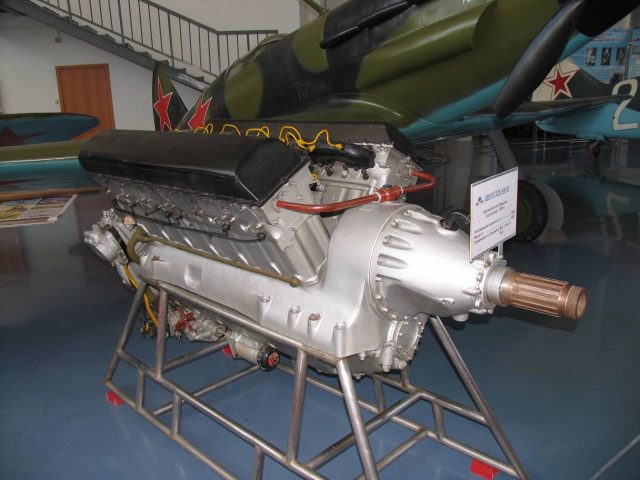 AM-35
AM-35
 AM-38
AM-38
by the way, contrary to logic, Unlike engines Klimov, debate about, on whose engines flew IL-2 did not subside even today. One side, understandably, how can not poke these "patriots" the, their attack on the German flied motor?
We go to the other side and let us peel out of all trunks. A huge thank you here to Lopatkin and Sobolev Dmitry Borisovich Khazanov, the creators of the book "German mark in the Soviet aviation history". Very informative and helpful, recommend.
Yes, BMW VI engine was actually purchased with a license, and its production deployed in the USSR under the name M-17. Exactly the same, both were previously purchased previous versions BMW of 6- and 8-cylinder. And they just made, We are trying to improve, that is - to gain experience designers.
And then everything - the second stage. I.e, no M-17, a M-17F. How exactly it crossed, really never said, but in numbers it looks like 800 HP. instead 600 у М-17 / BMW VI. Yes, Motor firmed, but there is such an interpretation: Unlike the Germans, we could not afford not to save on metal and "weak" places at once strengthened.
by the way, motor completely "gone", and regularly dragged on itself until the end of the war not only aircraft (TB-1, TB-3, P-5, MBR-2) but also tanks (BT-7, T-28, T-35 and even the early release, When there is no diesel, AT 2, HF-34 and T).
Why not go further?
And they went. And here begins wonders. Especially if one looks at the M-17 and M-34, hypothetically placing them side by side.
These are completely different engines. M-17 / BMW VI each cylinder is provided separately, each has its own cooling jacket, the supply of lubricant and coolant to each cylinder is also provided separately.
M-34 - single, Cast cylinder block, all fuel- and oil lines, all incoming and outgoing nuances here. And then we went to the modification, of which there were quite pretty, and each motor in something so brings.
Yes, M-34P - this is the same engine, which the (again in different versions, with gear and without) He moved to North America Chkalov and Gromov.
A version of the AM 34FRNV (other crankshaft, reducer, Lubrication system, valve gear, 4 carburetor instead of the 1st) - this, actually the, what went into the series under the name of AM-35 ...
properly, AM-38 differed from the AM-35, that was his low-altitude version. It managed to raise the rated power due to lower altitude before 1500 hp, and take-off - to 1600 HP. I.e, alteration centrifugal blower.
In fact, All motors Mikulin - it motors Mikulin. AM-34, 35, 37, 38 and AM-39 appeared at the end of the war and 42 I personally can hardly be called modernization BMW VI, you bought 1925 year. Full cycle BMW VI - M-17 - AM-34 available.
But we go further. Let us look to "vent". Naturally, to Shvetsov, For disputes also do not cease there last 20 years. And not in vain.
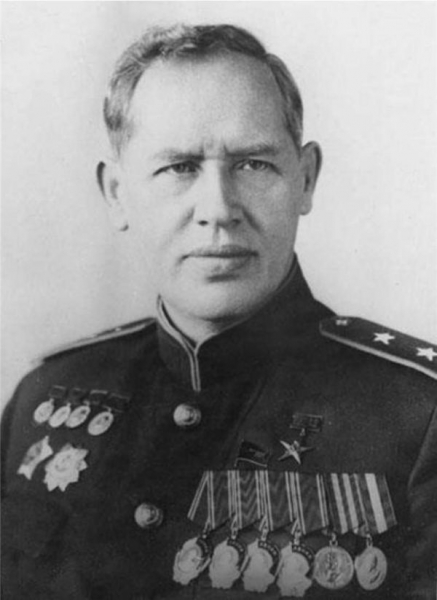 Arkadiy Shvetsov
Arkadiy Shvetsov
Everything is as usual, I wrote, that was the first Wright R-1820, which we bought and began to produce under the name M-25.
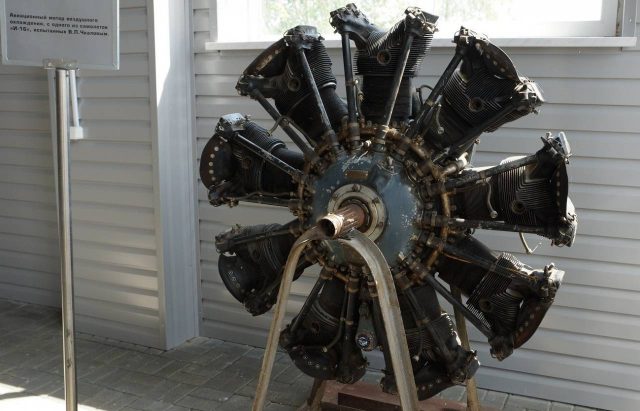
Then came the modernization, and appeared M-25A. Next were M-62 and M-63, crown line was the M-71.
With the M-62 is simple: "Cyclone", aka M-25, plus a centrifugal blower. Increased compression ratio - that's you and M-63. Both (62-th and 63rd) regularly dragged across the sky all polikarpovskie fighters, 63-second was even more preferably, "I went for gas", It was said about him pilots. AL-62 AN-2 is still flying, where "for maize" has remained. A kind of a record of longevity, Yes.
M-71 - two of AL-62.
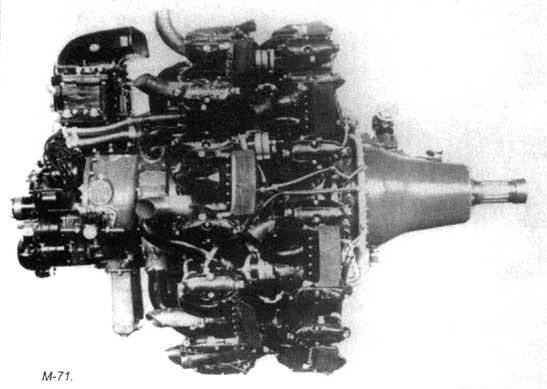
I.e, the engine has a more advanced layout "double star" and a maximum of, that it was possible to squeeze out of the "Cyclone". Paradox, but the engine went very so-so, at least in substance and American double.
Nonsense and nonsense begins in disputes motors Shvetsov, When it appears on the scene of DB-82. I, too, in the first article, so to speak, not really understand. it happens. I.e, I was not able to properly assess the degree of processing, CB made Mikulina engineers.
correct.
I.e, Now the words are the same, and that the first article, but the meaning is a bit different for them.
so, ASH-82 and AY-62.
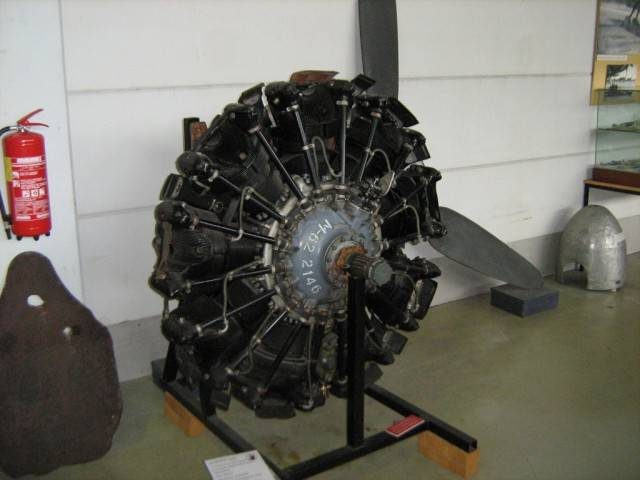 FOOD-62
FOOD-62
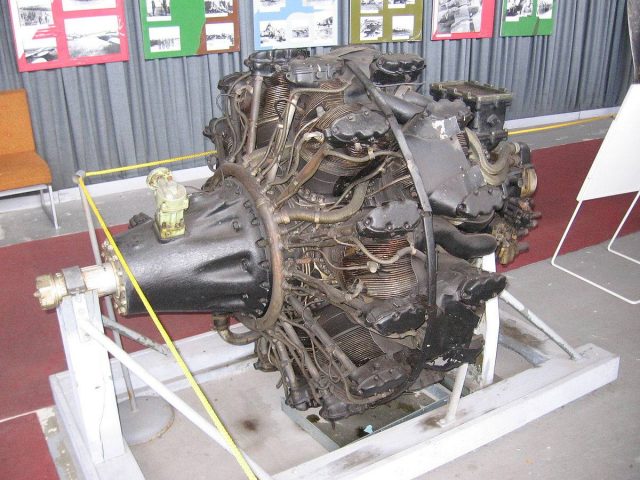 FOOD-82
FOOD-82
"Double Star", but at 82 it on 4 less cylinder. 14 and 18 (2x9) respectively. These figures suggest, that in fact the AL-82 - a completely different engine. Just take and throw 4 cylinder - no, It is not just.
AL-82 was indeed "is created using elements of DB-62", but here exactly, it is not "based on". Other number of cylinders entail another timing diagram, grease, decreased Stroke, thereby reducing motor diameter, and therefore, improved aerodynamics.
But when the AL-82FN received (first, by the way) direct fuel injection and ..., Yes, Injection something was copied from the German engine the BMW-801, standing on the PV-190. agree, that was copied to the very idea, And with that, that CB Shvetsova adapted to German injection seems to be a copy of the US engine - already shows a very not weak engineering works.
And here is the very strange things: M-71, that two of the M-25, that Wright "Cyclone", does not go, at least a refiner, and AY-82, which element (some) FOOD-62, but with altered beyond recognition configuration - the very engine. Considering, as he otpahal after the war - one of our best piston engines.
And here is definitely not the case in the source code. And in their own minds and hands.
Let me quote myself in the first article:
«But, Alas, hard to deny, that virtually all Soviet aircraft engines were imported copies of developments».
I agree, is not correct. Now this phrase should sound like:
«But, Alas, hard to deny, that virtually all Soviet aircraft engines were basically imported engines developmto".
Keyword - "at the heart".
AND, properly, nothing in it is not. normal practice. Take the best, that there is a neighbor, and to use their own benefit. And all of copied: and BMW, and "Rolls-Royce", and "Hispano-Suiza". it turns out, both the gene pool. At the root of some standing motor Adam and Eve, all the rest…
So let yourself another citation. From the same.
«The purpose of this article did not put some kind of affliction in our industry or the labor of Soviet designers, rather, conversely. This demonstration of facts and figures in order, as it turns out that it is necessary from nothing».
Yes, really, in the early 20s we had nowhere to take the aircraft engines. His was not, and it is a known fact. We took the wrong, Yes. where could, and there was mined.
But over time,, namely the mid 30s, we have a real design school, Soviet designers and already able to afford to move from simply copying not only the modernization, significantly ahead of the foundation, but also to the creation of a completely new engine. AL-82FN - the best example of.
Just that, as I said in the first article. Nothing happened then, that was required.
On the edge 1920 year we did not have anything in terms of aircraft engines. Across 20 years, we have already had their engines, which, if conceded engines allies and enemies, it is very slightly.
Today, many say, our designers have not been able to afterburner. Good. there is a. Neither the MW-50, no GM-1 analogues, we could not create. And it was necessary? The same AL-82F is quite a normal could work in the so-called "take-off" mode as, much needed. What is not a substitute for afterburner?
And in the end? As a result, not Red Army Air Force were brought up by the roots, and the Luftwaffe.
However, on this subject already so much written, it remains only to summarize: after 1940 , the aircraft engines were in the Soviet Union, developed by the Soviet school of designers, with the basis of foreign-made engines, but it is so different from the basics, we can safely draw conclusions about, these were the engines of its own design.
/Roman Skomorokhov, topwar.ru/








